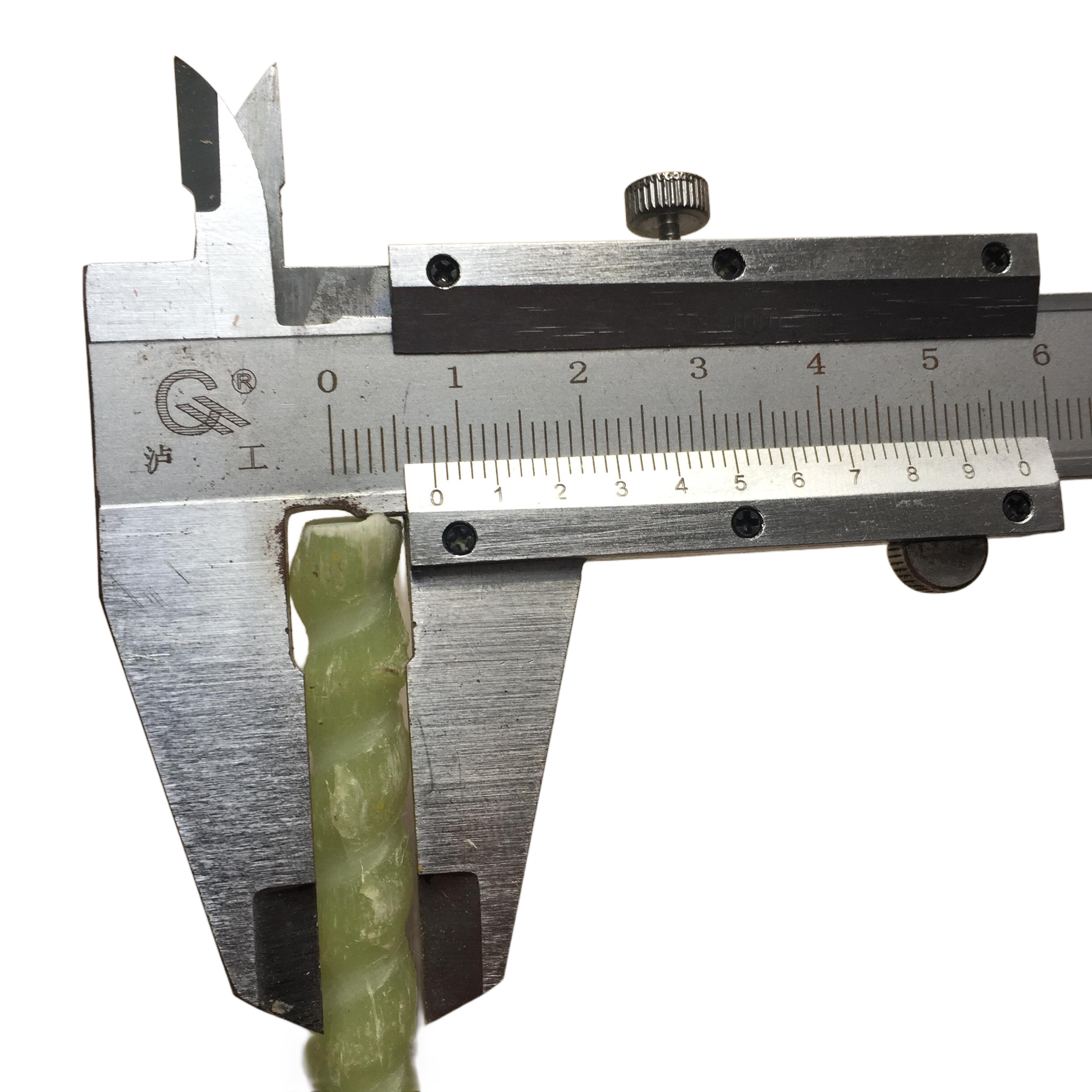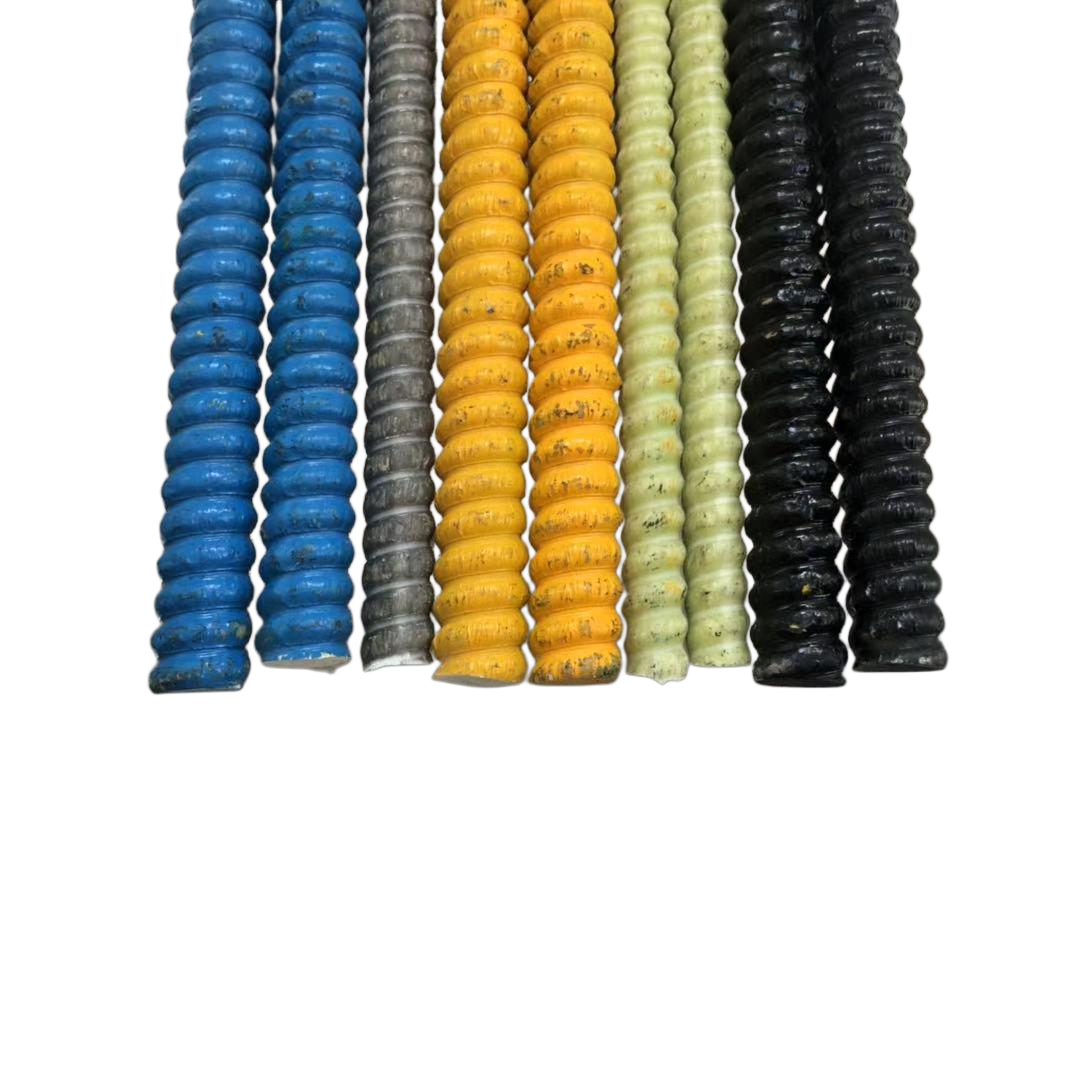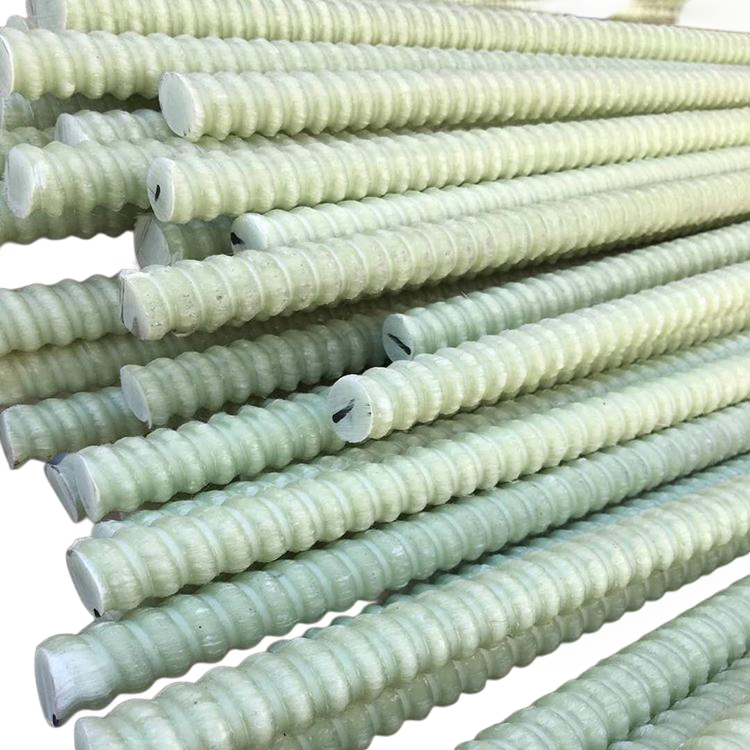Anhui Sende New Material Technology Development Co., Ltd.: Leading the Global Application of Fiberglass Reinforcement with ISO 10406 Standard
Introduction: ISO 10406- Global Language for Fiberglass Reinforcement
In the field of global engineering, material certification is a cross-border "passport". For the new composite material of glass fiber reinforced polymer (GFRP), ISO 10406 standard is not only a technical benchmark, but also the "golden key" to open up the international market. As a leading enterprise in the field of fiberglass reinforcement in China, Anhui Sende New Materials Technology Development Co., Ltd. (hereinafter referred to as "Sende New Materials") has always regarded ISO 10406 as the benchmark for product research and production, and is committed to providing high-performance material solutions that meet international standards and exceed customer expectations to global customers.
This article will deeply analyze how ISO 10406 fiberglass reinforcement empowers modern engineering from the three dimensions that users are most concerned about - standard value, product advantages, and application scenarios - and demonstrate the professional strength of Sende New Materials in this field.

1、 ISO 10406 standard: Global Technical Constitution for Fiberglass Reinforcement
1.1 Standard Background and Core Significance
ISO 10406 was developed by the International Organization for Standardization (ISO), and its full name is "Specification for Fiber Reinforced Polymer (FRP) Bars". This standard sets global benchmarks for core parameters such as tensile strength, elastic modulus, durability, and dimensional tolerances of GFRP reinforcement through unified testing methods and performance indicators, aiming to address the following industry pain points:
Technical barriers: eliminate differences in standards between different countries/regions and promote global material circulation;
Quality assurance: To avoid the risk of structural failure caused by substandard reinforcement performance;
Design basis: Provide engineers with quantifiable data support to ensure structural safety factors.
1.2 Analysis of Key Test Indicators
ISO 10406's assessment of GFRP reinforcement is considered the "strictest in the world", and Sende New Materials products have passed the following core tests:
Tensile strength: ≥ 1000MPa (2-3 times that of ordinary steel bars);
Elastic modulus: ≥ 40GPa (to ensure coordinated deformation with concrete and avoid cracking);
Chemical corrosion resistance: Soak in acid, alkali, or salt solutions for 90 days, with a strength retention rate of ≥ 85%;
Coefficient of Linear Expansion (CTE): similar to concrete (1.0 × 10 ⁻⁵/℃), reducing interfacial stress;
Fatigue Resistance: After 2 million cycles of loading, the residual strength is ≥ 80%.
1.3 Compliance Practice of Sende New Materials
Full process quality control: from raw material screening (high-purity glass fiber, special resin) to extrusion molding, ISO standard testing points are set up for each process;
Third party certification: The product has been tested by authoritative organizations such as T Ü V S Ü D and BSI, and the report is directly connected to the ISO database;
Traceability system: Each batch of reinforcement materials comes with a unique code, allowing users to query production batches, test data, and raw material traceability information.
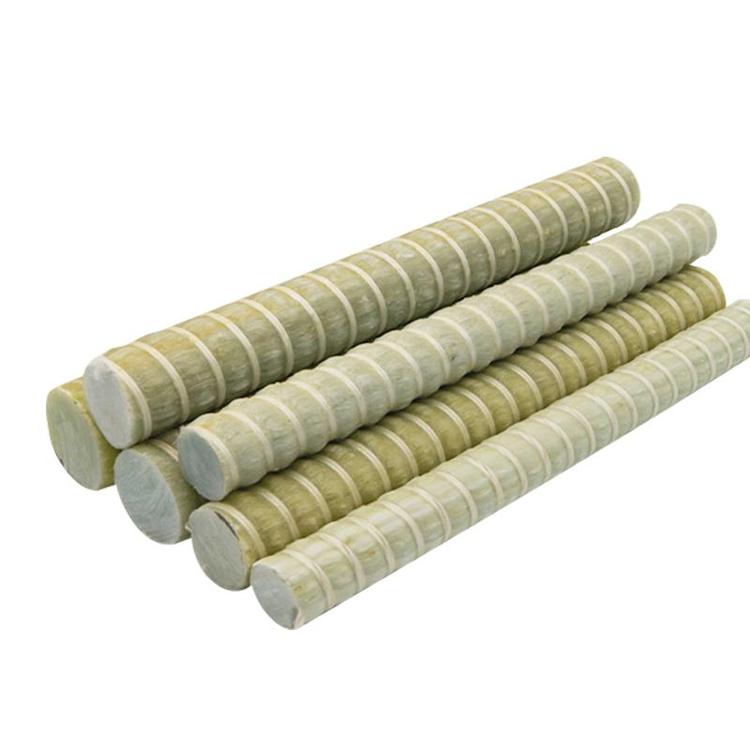
2、 Core concern: What pain points can ISO 10406 fiberglass reinforcement solve?
2.1 The 'fatal weakness' of traditional materials
Corrosion of steel bars: Chloride ion erosion in concrete causes steel bars to rust and swell, with maintenance costs accounting for 30% -50% of the initial cost;
Self weight: The steel bar density is 7.85g/cm ⊃3;, which increases the foundation load and transportation cost;
Complex construction: requires welding, binding, and high manual error rate;
Electromagnetic interference: The conductivity of steel bars limits their application in special scenarios such as medical and nuclear power.
2.2 The "way to break through" of ISO 10406 fiberglass reinforcement
Whole life cycle cost optimization: Although the initial cost is higher than that of ordinary steel bars, there is no need for anti-corrosion treatment, and maintenance costs approach zero;
Structural weight reduction of 30%: with a density of only 1.9g/cm ⊃3;, it reduces the difficulty of foundation treatment, especially suitable for soft soil areas;
50% increase in construction efficiency: Reinforcing materials can be prefabricated into mesh or skeleton, achieving "assembly" installation;
Electromagnetic neutrality: non-conductive and non-magnetic, perfectly adapted to sensitive environments such as MRI rooms and substations.

3、 Application scenario: How to reshape engineering practice of ISO 10406 fiberglass reinforcement?
3.1 Ocean Engineering: Peaceful Coexistence with Seawater
Application cases: collision barriers at Qingdao Port and the second bridge in Penang, Malaysia;
Value point: In salt spray and tidal environments, the corrosion resistance of ISO 10406 reinforcement exceeds that of 316L stainless steel, with a lifespan of over 50 years.
3.2 Transportation infrastructure: balance between lightweight and durability
Application cases: Tunnel lining of Hong Kong Zhuhai Macao Bridge, San Francisco Oakland Bay Bridge in the United States;
Value point: The fatigue performance of the reinforcement meets ISO 18084 (dynamic load testing), and it can handle vehicle and earthquake loads without worry.
3.3 Building Curtain Wall: The 'Behind the Scenes Hero' of Large Span and Irregular Design
Application cases: GRC curtain wall framework of Shanghai center Building, decoration components of Dubai Tower in the United Arab Emirates;
Value point: ISO 10406 allows the bending radius of reinforcement to be ≤ 10 times the diameter, enabling complex curved surface modeling.
3.4 Chemical industry: the "invisible guardian" of acid and alkali resistance
Application cases: Hengli Petrochemical tank foundation, BASF chemical park pipeline support in Germany;
Value point: In a strongly corrosive environment with pH=2-12, the retention rate of reinforcement strength is ≥ 85%.

4、 Core competitiveness of Sende New Materials ISO 10406 glass fiber reinforcement
4.1 Technical research and development: benchmarking against international standards, surpassing international standards
Alkali resistant glass fiber formula: independently developed high alkali resistant E-CR glass fiber, solving the industry problem of traditional glass fiber being easily hydrolyzed in concrete;
Resin system innovation: using modified epoxy resin, balancing strength and toughness, with stable performance in environments ranging from -40 ℃ to 80 ℃;
Surface treatment technology: Embossing treatment on the surface of the reinforcement material increases the bonding strength with concrete by 40%.
4.2 Customized Services: From Standard to Personalized "Last Mile"
Selection support: Provide recommendations for reinforcement diameter (6mm-32mm) and tensile strength grading (1000MPa/1200MPa/1500MPa) according to project requirements;
Deepening design: Assist in optimizing the spacing between reinforcement materials, anchoring length, and improving structural economy;
Construction training: Provide on-site anchoring process guidance and concrete mix ratio optimization plan.
4.3 Case witness: Strength endorsement, reputation as evidence
Classic projects: Hefei Binhu International Convention and Exhibition Center (ISO 10406 reinforcement material consumption of 120 tons), Nanjing Yangtze River Fifth Bridge;
Customer review: "Sende New Materials' ISO 10406 reinforcement material has enabled us to achieve a 30% cost savings and a 20% reduction in construction period. ”- Project manager of a state-owned construction company.
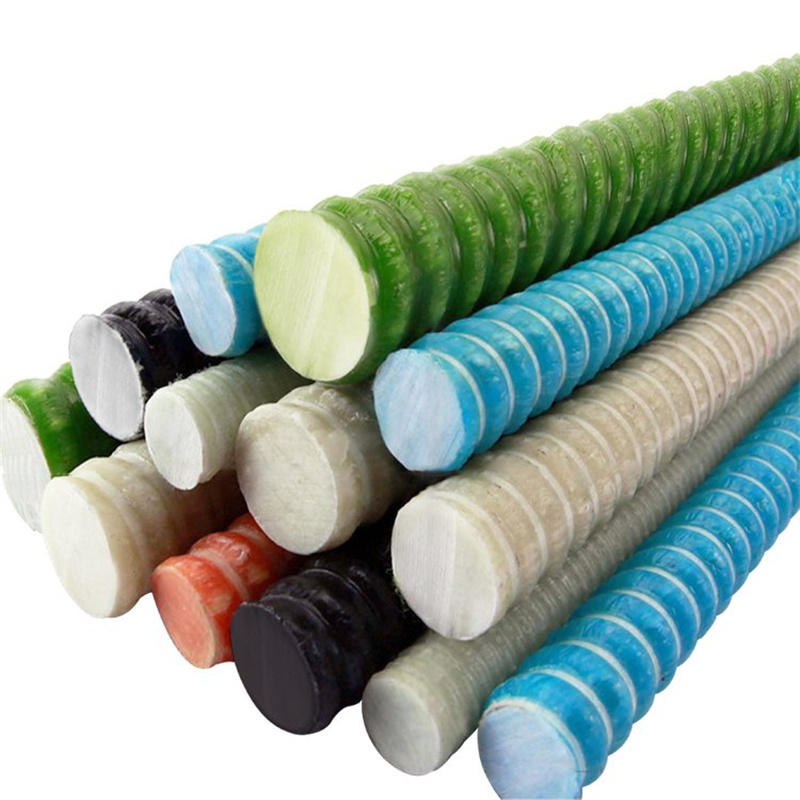
5、 Five golden standards for selecting ISO 10406 fiberglass reinforcement
Certification completeness: whether it has passed multiple certifications such as ISO 10406, ISO 9001, CE, etc;
Test data transparency: Can suppliers provide complete third-party testing reports;
Durability verification: whether there is data from accelerated aging tests (such as salt spray test, ultraviolet test);
Supply stability: Can we ensure the consistency of delivery time and quality for large quantities of orders;
Technical response speed: Whether a professional team is equipped to provide pre-sales, in sales, and after-sales technical support.
6、 Future outlook: Integration of ISO 10406 and Building Industrialization 4.0
With the rise of technologies such as 3D printed concrete and intelligent construction, the lightweight, malleable, and durable properties of ISO 10406 fiberglass reinforcement will further unleash its value. Sende New Materials is laying out digital production and optimizing the arrangement of reinforcement materials through AI algorithms to achieve flexible manufacturing with "one project, one design", helping the construction industry upgrade towards green and intelligent direction.
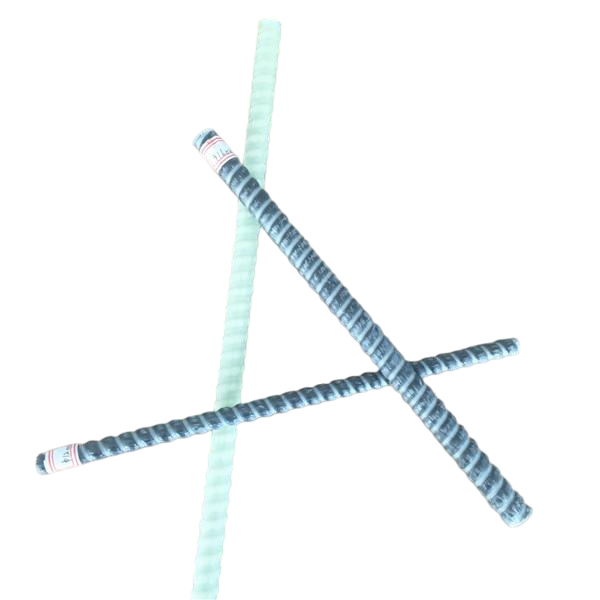
Conclusion: Choose Sende, choose the safe choice under global standards
In today's world of continuous breakthroughs in materials science, ISO 10406 fiberglass reinforcement is not only a substitute for traditional steel bars, but also an important driving force for architectural innovation. Anhui Sende New Materials Technology Development Co., Ltd. has always been committed to the mission of "empowering buildings with technology and changing lives with materials", providing customers with comprehensive services from products to solutions. Whether you are a designer, engineer, or project team, choosing Sende ISO 10406 fiberglass reinforcement is choosing a lighter, stronger, and greener path in architecture.
contact us:
Let every reinforcing material carry reverence and love for architecture.


